Learn about beetles with author M.G. Leonard, “the real-life superheroes of planet Earth” with wildlife charity Buglife, and the wonders of the insect world with entomologist Erica McAlister.
Where known, we've included the age range that the book is suitable for, and we've also included a double-page spread from inside the book too. You may also like our guide to the best books on ocean wildlife for children.
A Bug's World
By Dr Erica McAlister. Illustrated by Stephanie Fizer Coleman. Published by Hatchette.
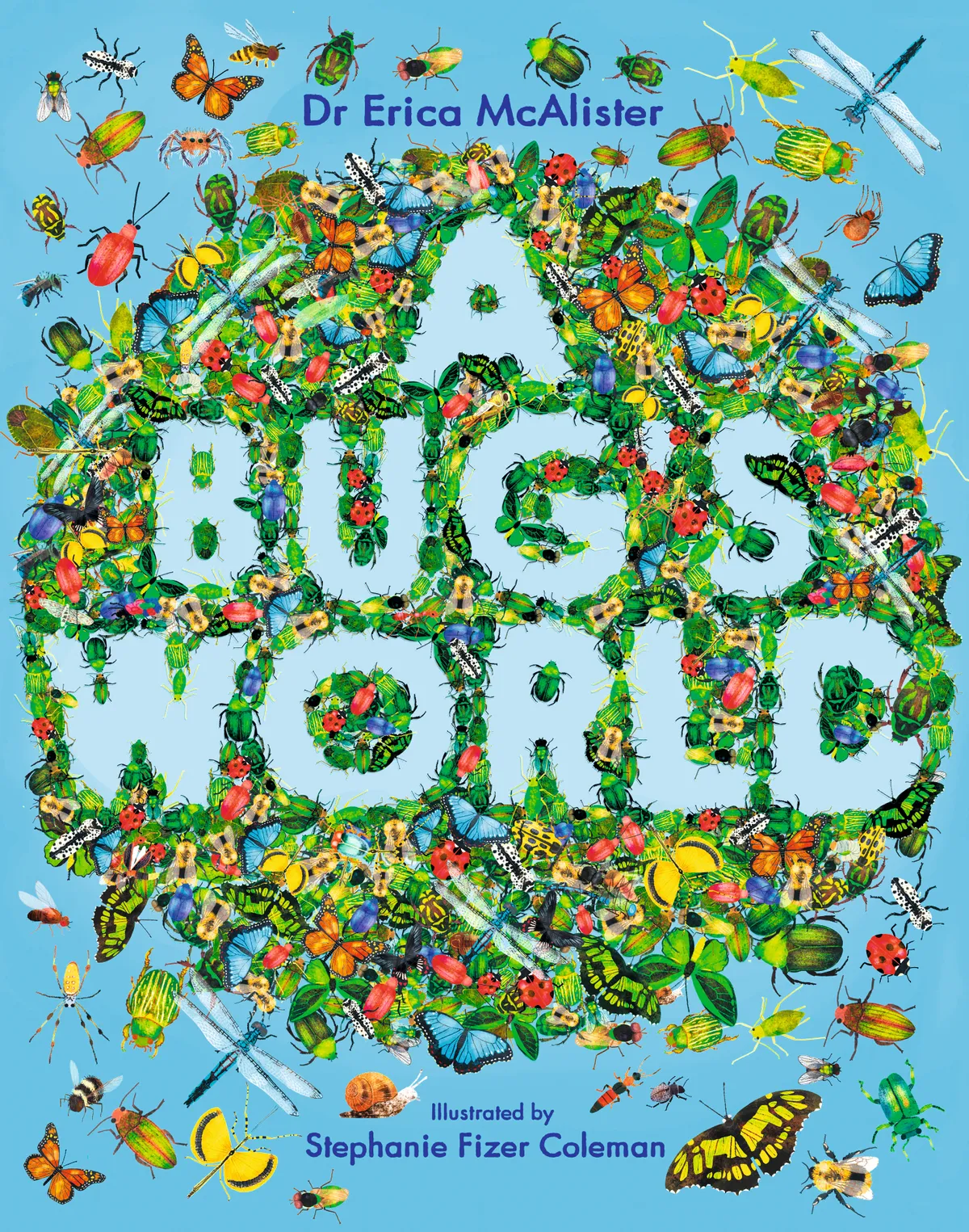
Never thought that insects could be that interesting? Help your child to learn otherwise with this engaging book that covers fun and fascinating facts about insects, written by the eminently qualified Erica McAlister, who is a best-selling author, entomologist and senior curator at the Natural History Museum in London.
Each page includes beautiful, detailed illustrations by Stephanie Fizer Coleman that will captivate children and help them to identify ‘minibeasts’. As well as covering the life-cycle of bugs, the book details just why insects are important, how they’ve played a crucial role in transforming our world, why we still need them, and how we can help them.
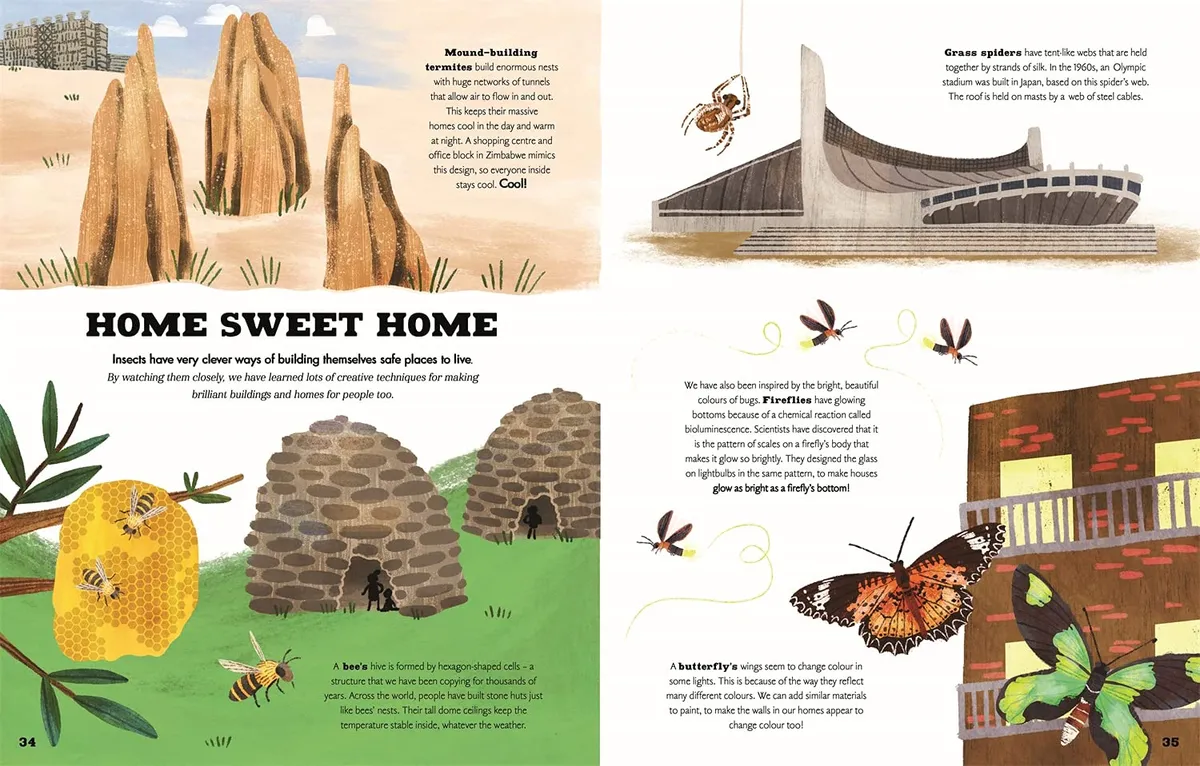
Setting it apart from your average children’s reference book about insects, A Bug’s World also covers eating insects (have you ever tried kunga cake made from midges?) and looks at how these tiny creatures can help heal human illnesses and injuries.
And it doesn’t stop there – the book even heads out into space and delves into the world of forensic investigation. You’d be hard-pressed to find another insect book for kids that’s as surprising and engaging as this one.
Reviewed by Sam Stocks, freelance writer
Bugs Save The World
By Buglife, illustrated by Qu Lan. Published by Hatchette.
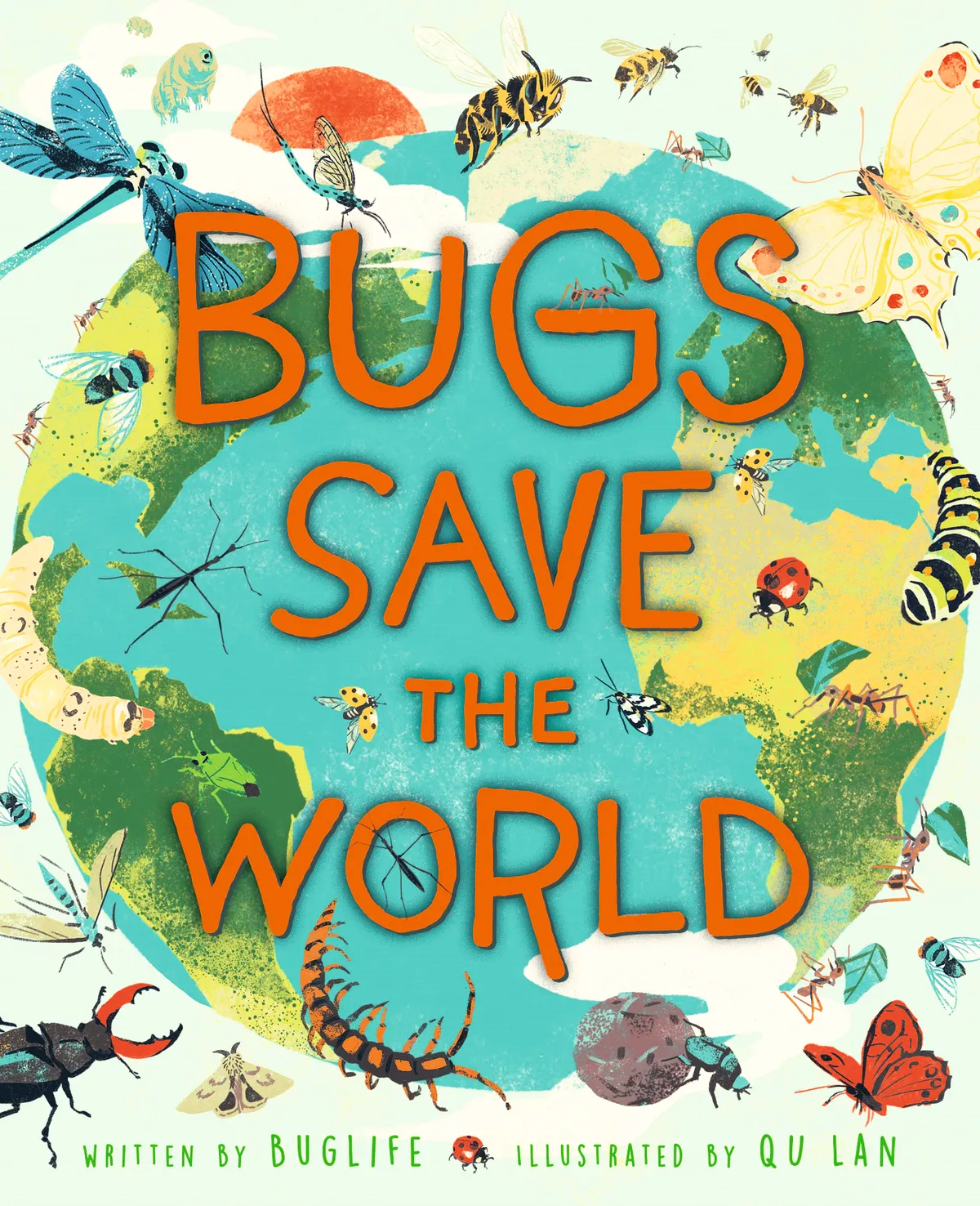
Introduce your little one(s) to the wonderful world of bugs with this delightful book from invertebrate conservation charity Buglife, accompanied by beautiful images by the award-winning illustrator and designer Qu Lan.
Aimed at children aged seven to nine, this is an excellent overview of insects and other arthropods, the important jobs that they do and why they are “the real-life superheroes of planet Earth”.
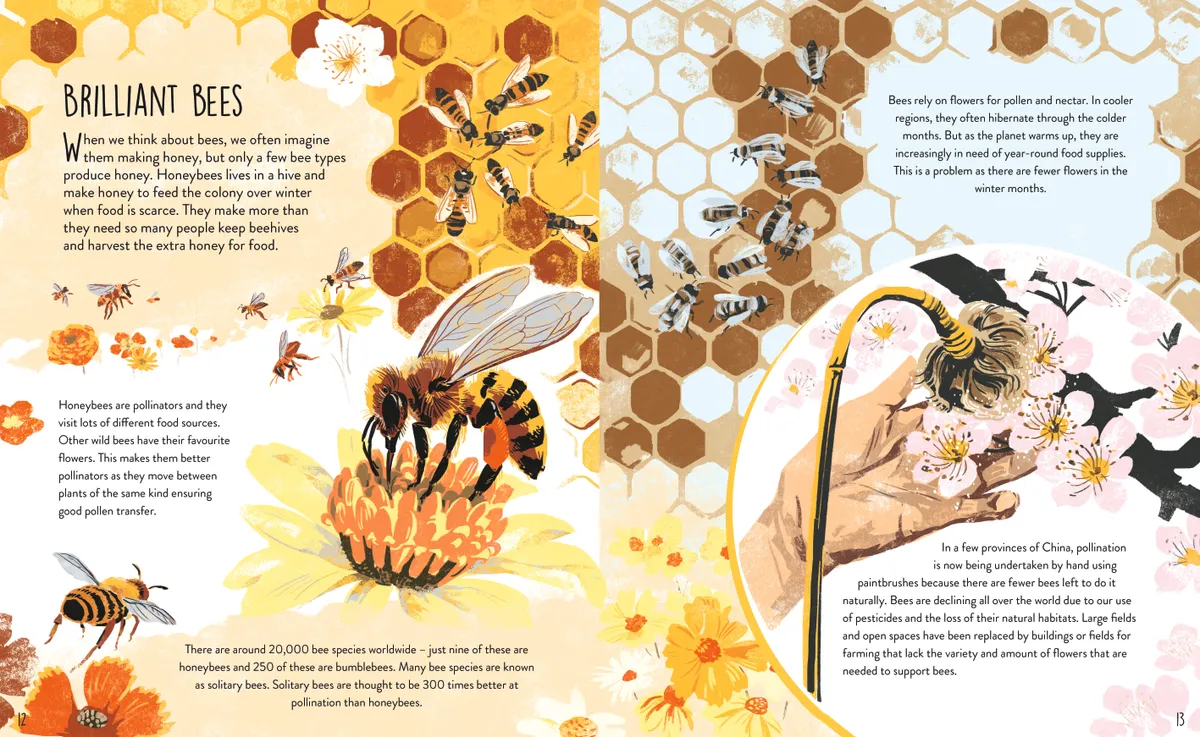
As would be expected from a book by Buglife, it doesn’t just focus on the well-known and pretty insects – the butterflies, moths, bees, ladybirds, dragonflies and so on. It also covers some of the lesser-known or less-liked groups, and explains why they are fascinating animals too. “Do you think wasps are annoying and pointless?” the reader is asked. “Think again!” Discover how they are important pollinators, as well as controlling plant pests.
Learn about the secretive life of millipedes, the fearsome centipedes (which can even be found in the Arctic Circle), and even the essential roles that burying beetles and blowflies play in our ecosystems – topics that definitely get minimal coverage in other books!
Reviewed by Megan Shersby, editorial and digital co-ordinator, BBC Wildlife
Rex the Rhinoceros Beetle
By M.G. Leonard, and illustrated by Duncan Beedie. Published by Scholastic. Age range: 3-5 years.

It’s safe to say that author MG Leonard thinks that beetles are fab. Her award- winning, best-selling Beetle Boy trilogy turned into an international success story, wowing aged-7 readers with stories starring curios Coleoptera. With Rex the Rhinoceros Beetle, she takes her passion for these insects to a younger audience with this bedtime book for pre- schoolers, beautifully illustrated by Duncan Beedie.
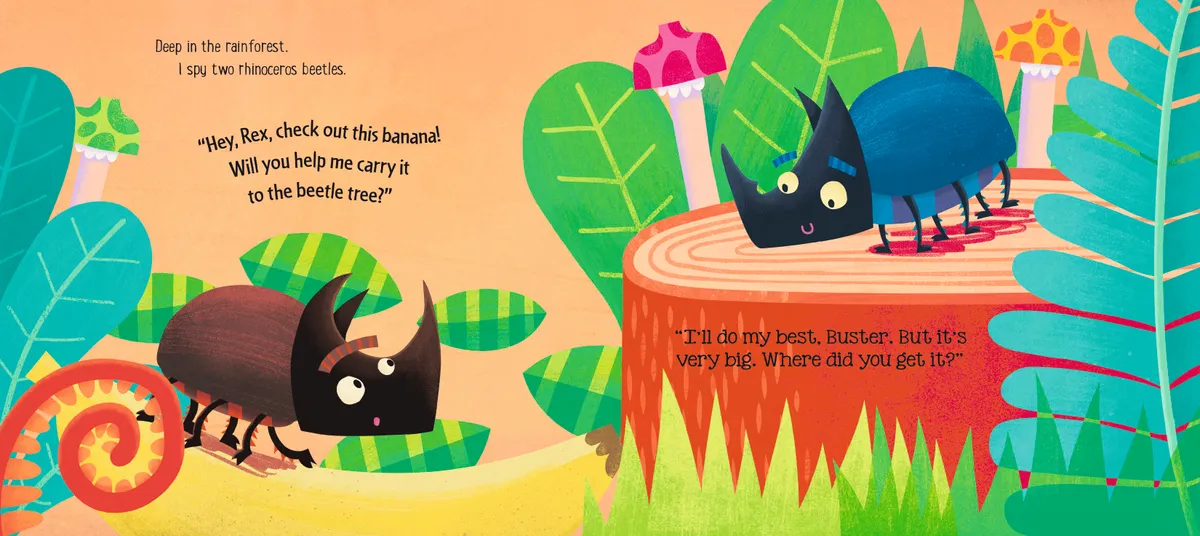
The titular Rex is called upon by his buddy Buster to help carry a banana through the rainforest to the beetle tree. Along the way, Buster boasts of his bravery, but when the banana is nabbed by a passing monkey, it falls to Rex to save the day. If Rex proves half as popular as Beetle Boy then these scarabs are all set to introduce a new generation to beetlemania.
Reviewed by Paul McGuinness, editor, BBC Wildlife
The Brilliant Book of Bugs
By Jess French, and illustrated by Claire McElfatrick. Published by DK. Age range: 5-9 years.
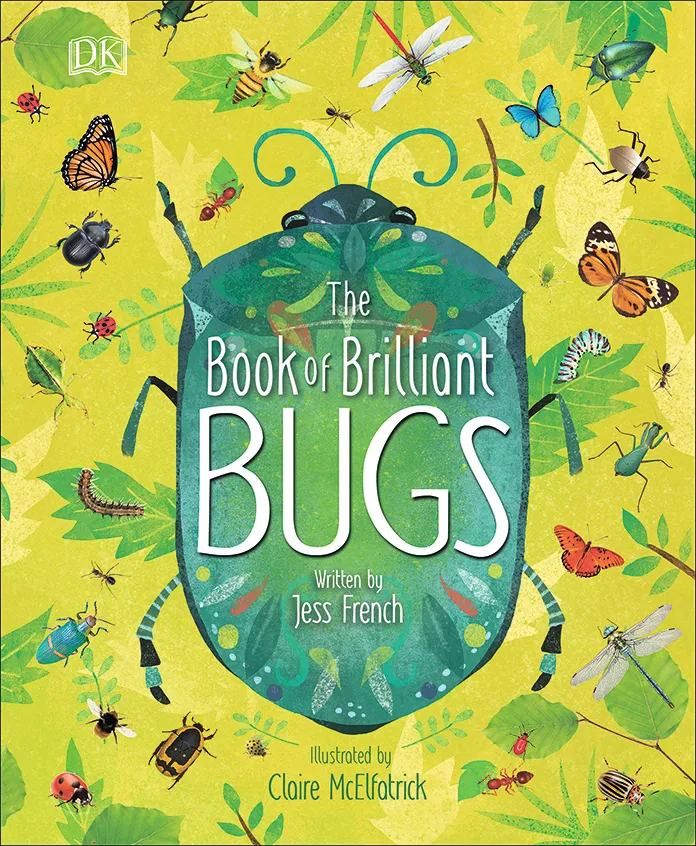
This stunningly visual book is certain to inspire children and adults alike to take a closer look at the world of minibeasts. The vibrant cover hints at what’s waiting to be discovered among the book’s page – including bees, butterflies and some awesome leaf insects.
Children’s natural curiosity is bound to be piqued by the family trees and beautiful illustrations, which give readers a closer look at the anatomy of certain insects, such as the praying mantis and its incredible adapted front legs, or how a butterfly feeds using its proboscis. The book is full of interesting facts that will appeal to youngsters – did you know that a fly’s mouthparts are like sponges, sucking up soft food and liquids?

Author Jess French, not one to shy away from the world’s climate issues, touches on these problems towards the end of the book but does so in an informative yet friendly way, showing readers how they can help protect and preserve the natural world around them.
Reviewed by Matt Doogue, wildlife photographer
Unseen Worlds: Real-Life Microscopic Creatures Hiding All Around Us
By Helene Rajcak, and illustrated by Damien Laverdunt. Published by What On Earth Books. Age range: 9-11 years.

Microscopic ‘mini-fauna’ rarely receives even a footnote in most children’s books. Unseen Worlds attempts to put that right with a series of dramatic dioramas of everyday habitats and the tiny, but no less charming, animals they contain.
The fibres of your bed, a dusty kitchen corner, a tuft of moss – page-by-page, each microhabitat is zoomed in upon and exposed as a vibrant hotbed of tank-like pseudoscorpions, monster-like mites, cumbersome tardigrades and serpentine worms. Each miniature organism has a role or purpose, we’re told, no matter how small.
Crucially, scale-bars and species’ labels on each page keep the focus on science, plus there is a handy section about how microscopes work and the history of microscopy to inspire a new generation of wannabe microbiologists.
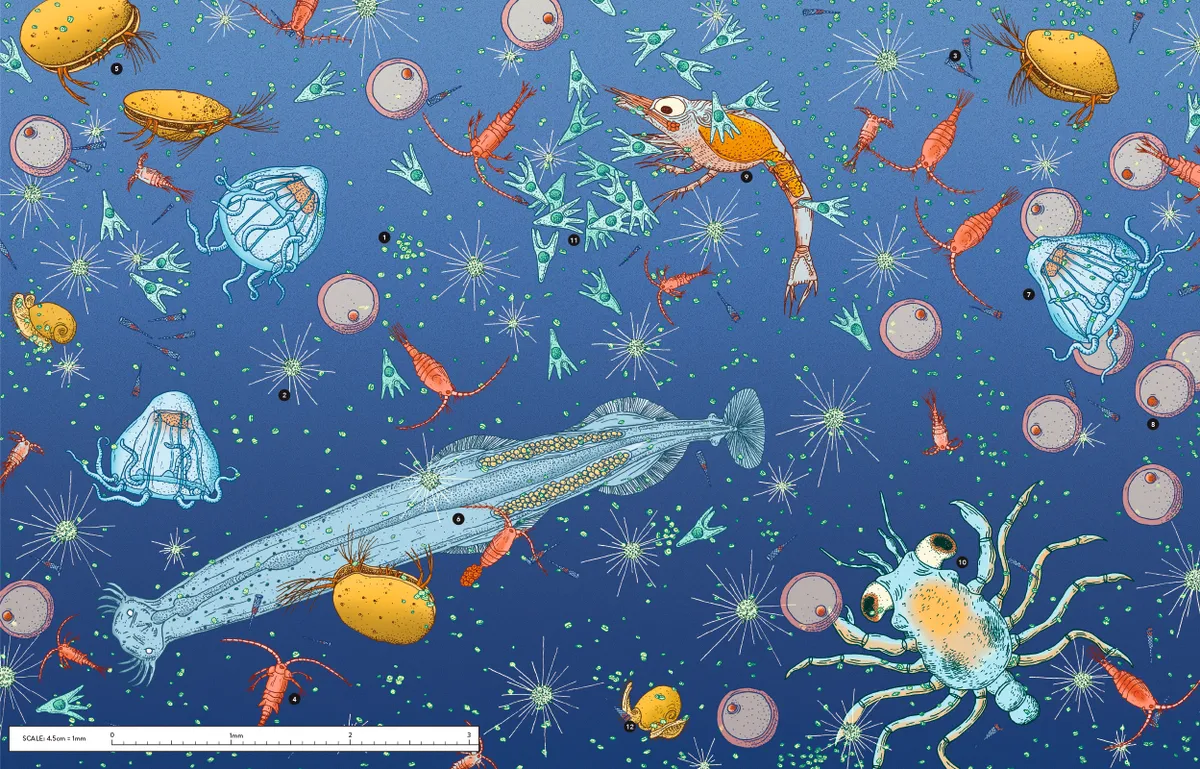
Unseen Worlds delivers a simple message that resonates throughout: think small, understand big. It’s a jungle out there. Everywhere.
Reviewed by Jules Howard, wildlife writer
There Are Bugs Everywhere
By Britta Teckentrup. Published by Bonnier.

Open this book and you will be thrown into an invertebrate wonderland packed full of awesome arthropod information. Everything from their biology to where you would find them, from what they eat to how they live their lives. This is a book designed to shrink you in size and take you on a wild expedition into their world.
Colourful, stylised illustrations are surrounded by a plethora of bite-size facts encouraging you to continue a journey of discovery. Bees buzz, spiders spin and grasshoppers leap as every page turn brings these drawings to life. Dive into water, then jump into jungles to find out how these tiny animals interact with the environments in which they live.
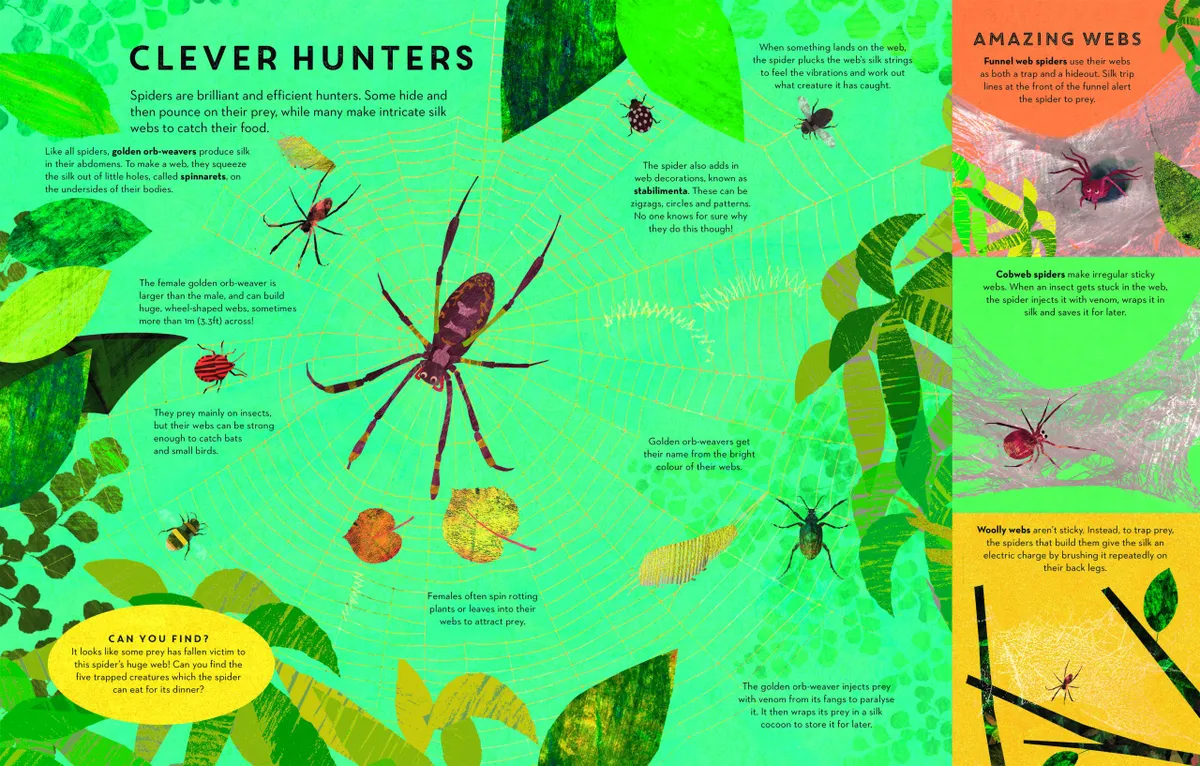
Left wanting to learn more about these fascinating creatures and all the incredible things they do, there are some practical tips on how to encourage invertebrates into your garden. Perhaps if you are lucky enough, you too can have bugs everywhere!
Reviewed by Sally-Ann Spence, entomology educator
Beetle Collector’s Handbook
By M.G Leonard. Published by Big Picture Press. Age range: 8-12 years.

Grab your sweep net and find a quiet corner because this book is written in such an engaging way that young readers need to be prepared to share it or hide it from adults! The latest book by M.G Leonard, it takes the reader on a journey of entomological discovery that is as delightful as it is educational.
Written as a beetle guide by the fictitious father, ‘Monty G Leonard’, of Darkus, a character from the author’s previous Beetle Boy series, it is packed with facts and entertaining annotations whilst lavishly sprinkled with beautiful, anatomically correct drawings.

From describing beetle species to practical tips on how to find, capture and conserve with a comprehensive entomologist’s dictionary, the pages are a pleasure to turn. It is simply bursting with everything that is Coleoptera.
Reviewed by Sally-Ann Spence, entomology educator
Wicked Bugs
By Amy Stewart, illustrated by Briony Morrow-Cribbs. Published by Algonquin. Age range: 8-12 years (younger readers edition).
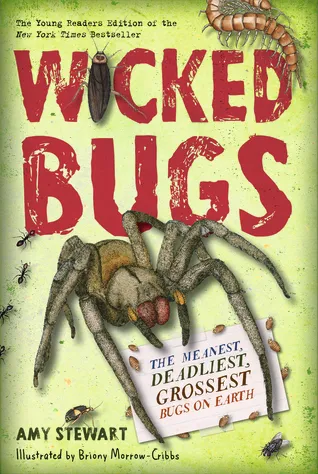
Yuck – exactly the response you need to capture the attention of an eight- to 12-year-old. Before they’ve decided to be afraid of creepy-crawlies, or too cool for wildlife, kids are enthralled as they experiment with the emotions of fear, disgust, excitement and awe. They’ll get them all here in droves, but woven through the gruesome facts are scientific facts too.
Author Amy Stewart offers up just the right balance in the gory details to get them hooked, but at the same time educated by the ecological lessons and anatomical details with which the text is littered.
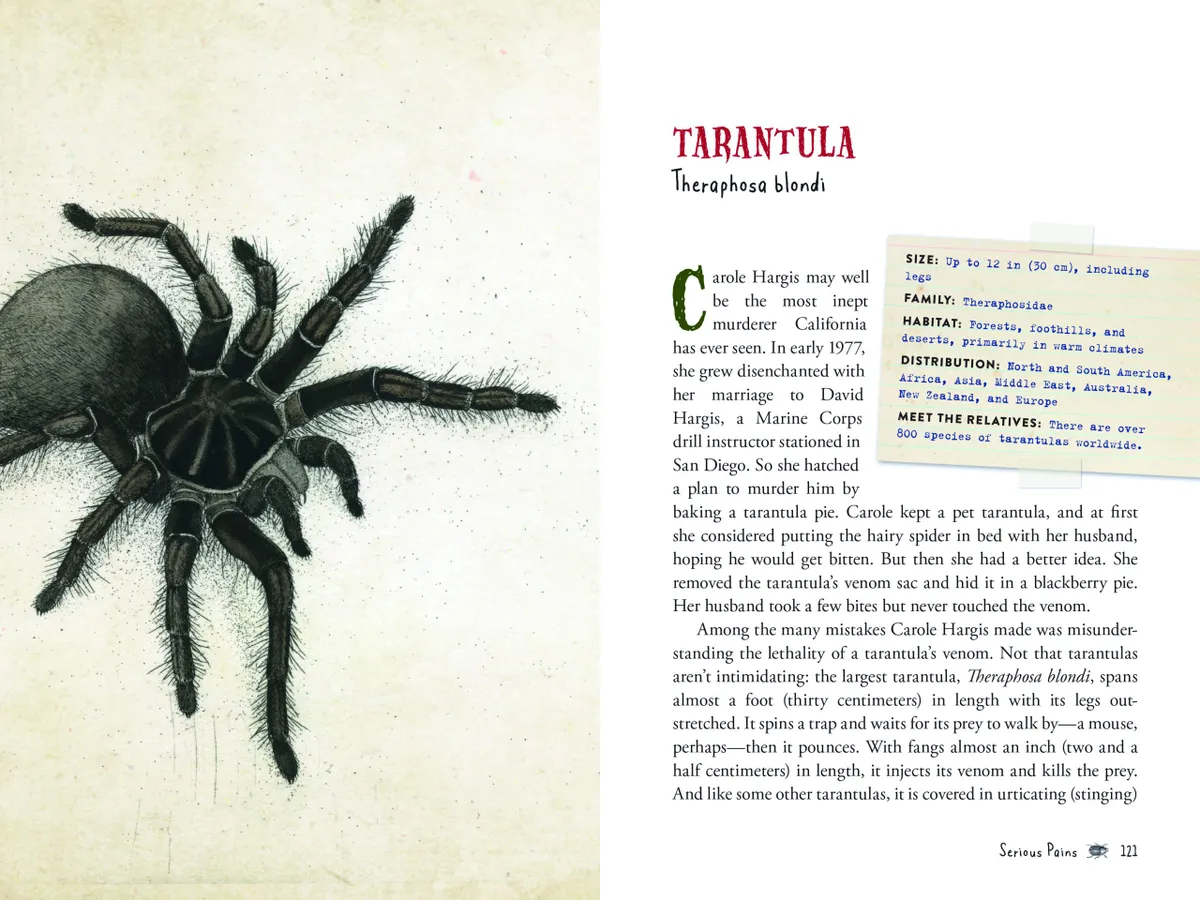
From the frustrating familiarity of head-lice and the bizarre mystery of the once famine-threatening Rocky Mountain locust, to intestinal worms and the foot-hollowing chewings of the chigoe flea, Stewart does not hold back from the stomach-churning anecdote. She does, however, avoid tabloid sensationalism, and on the way she dispels some of the silly myths about black widow dangers and deathwatch beetle omens.
Reviewed by Richard Jones, entomologist